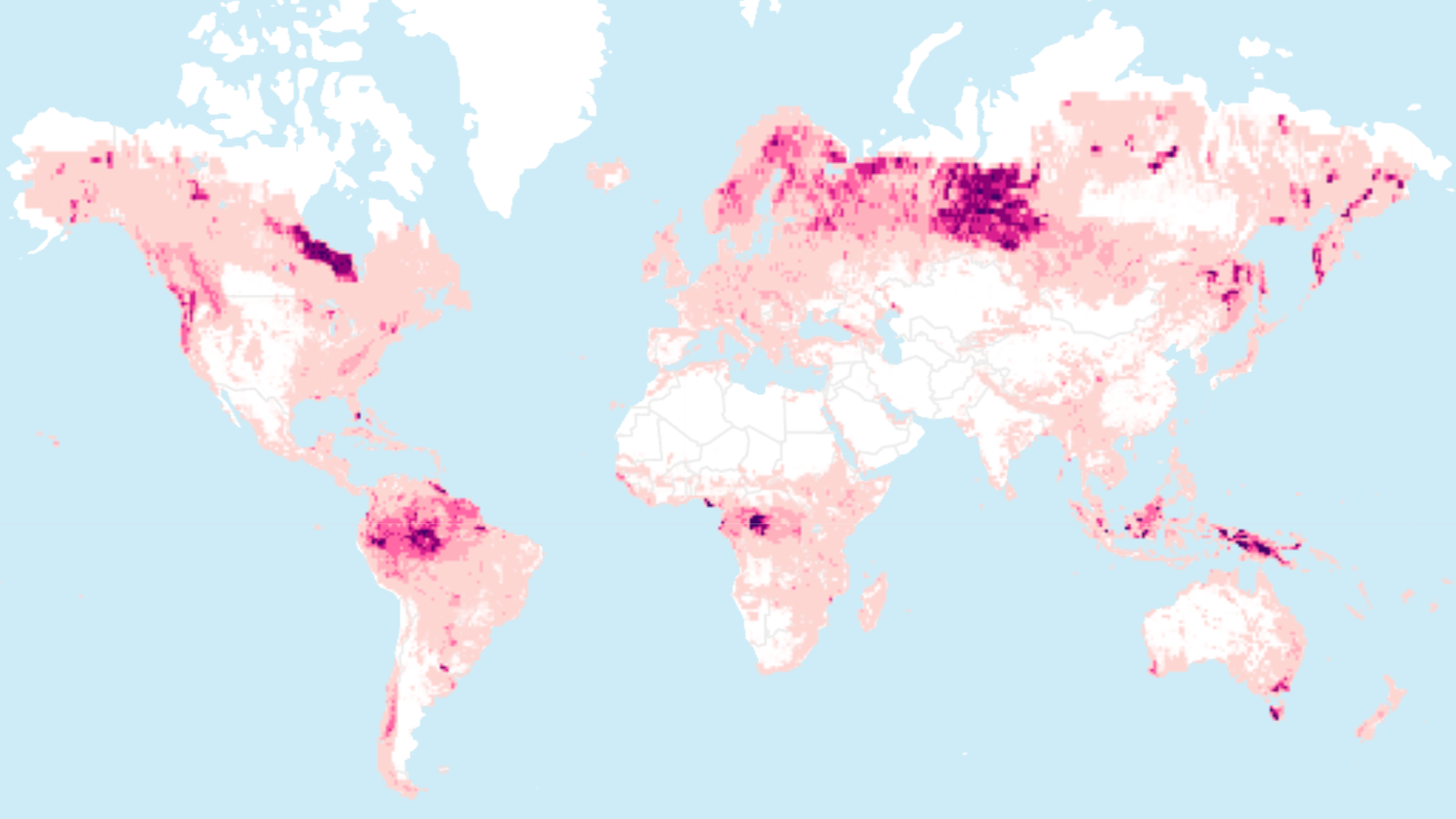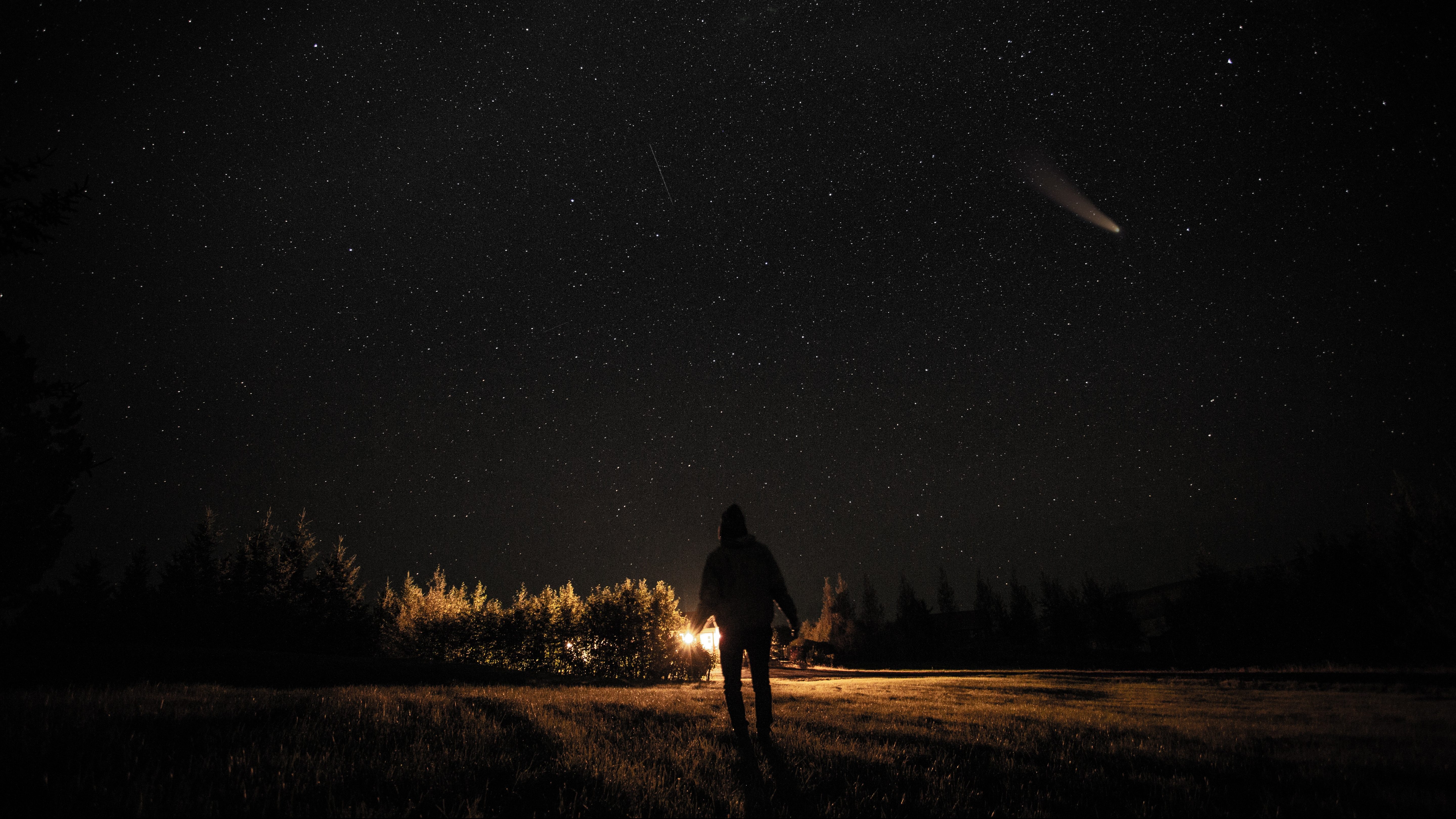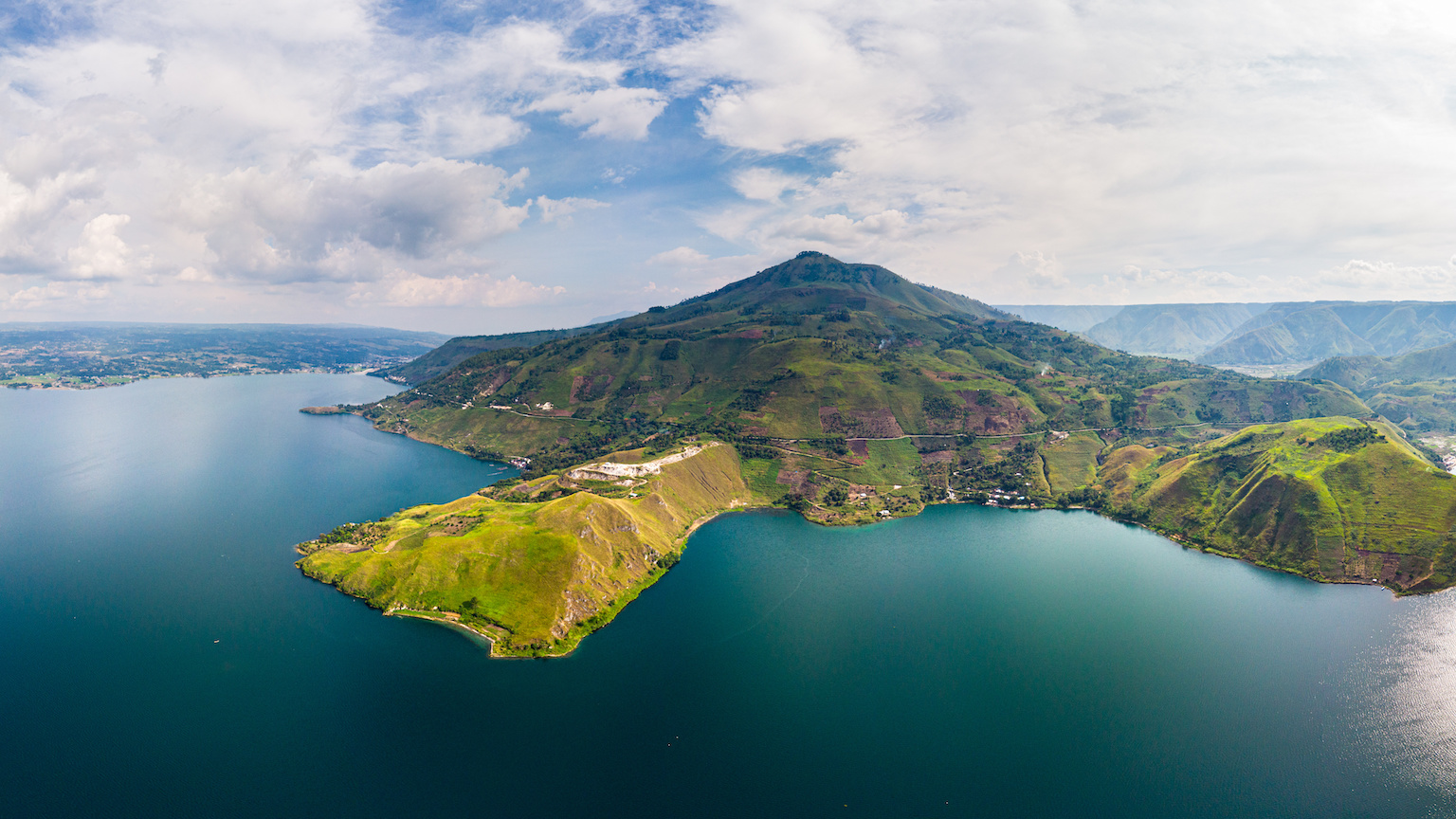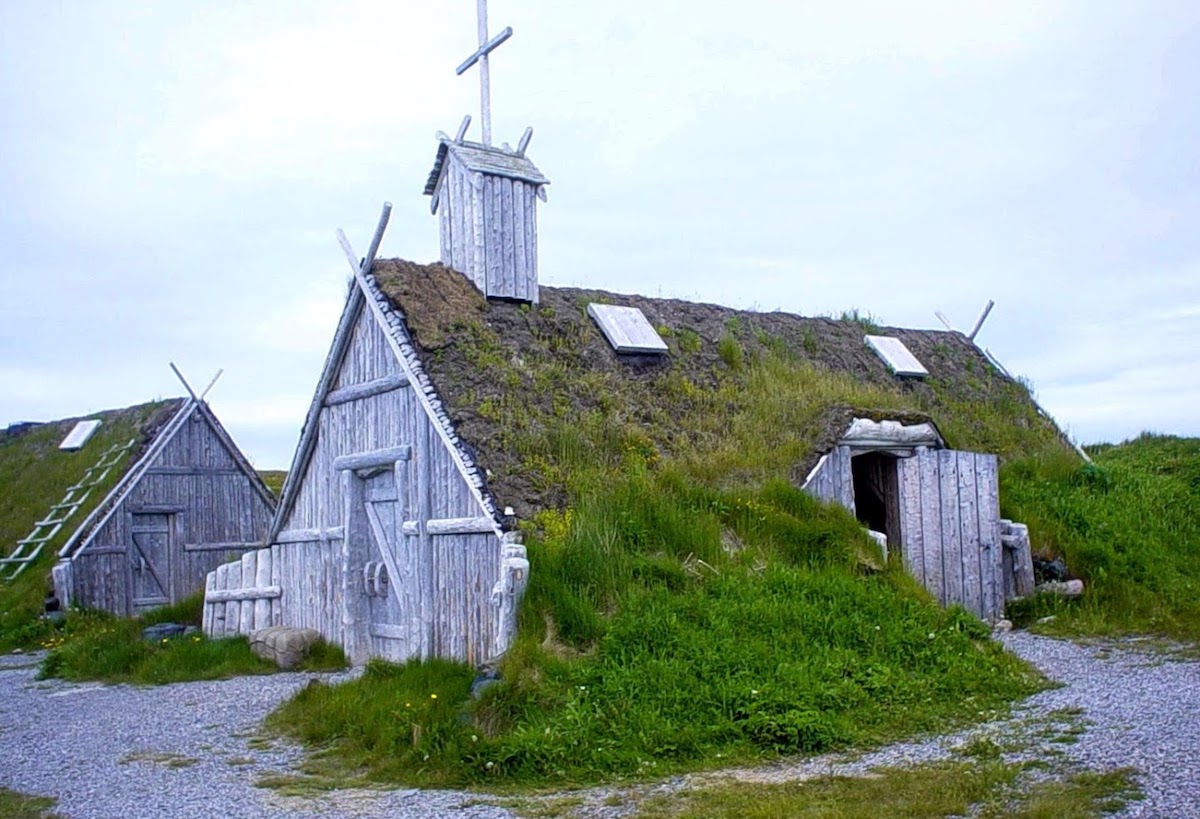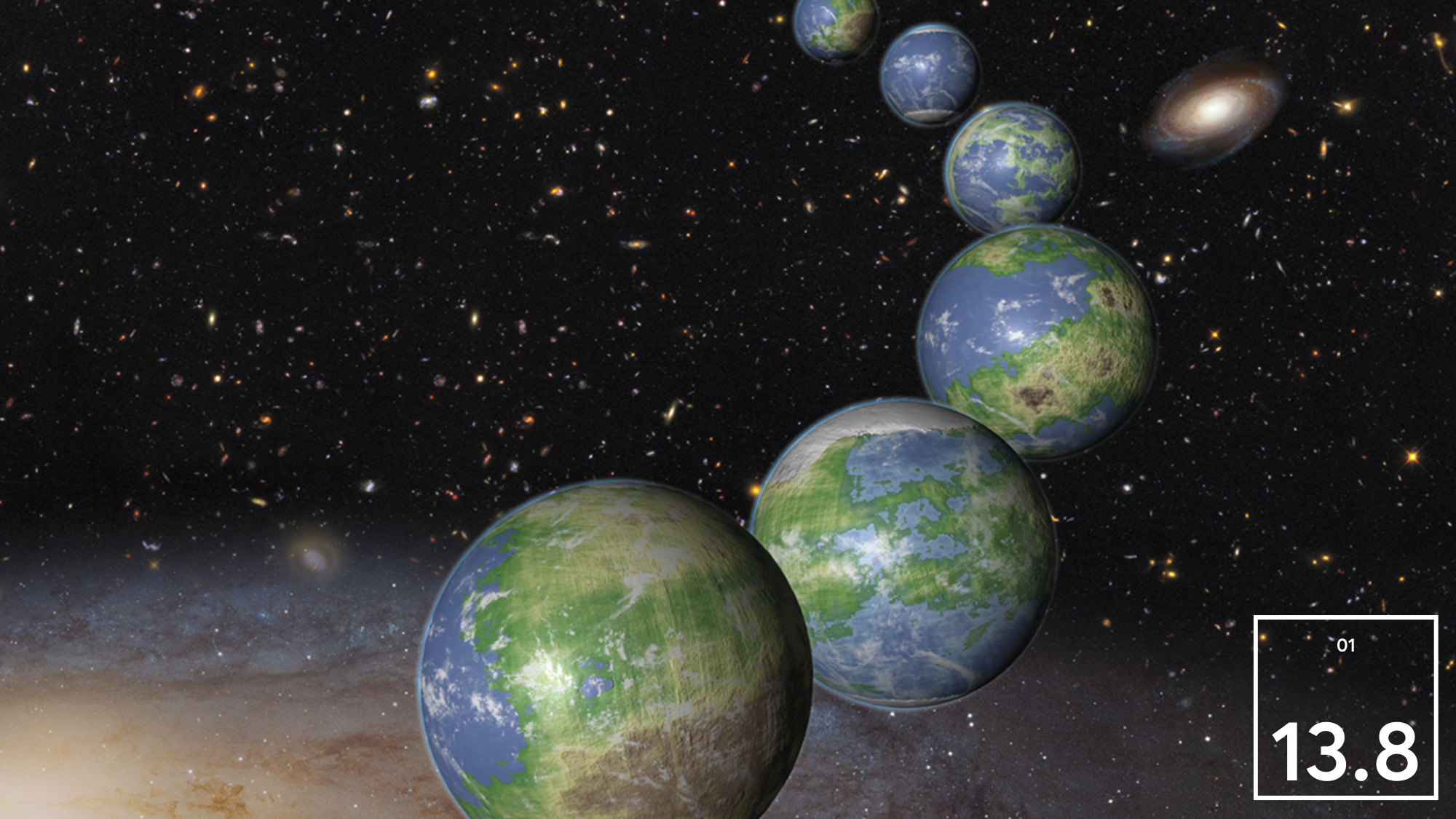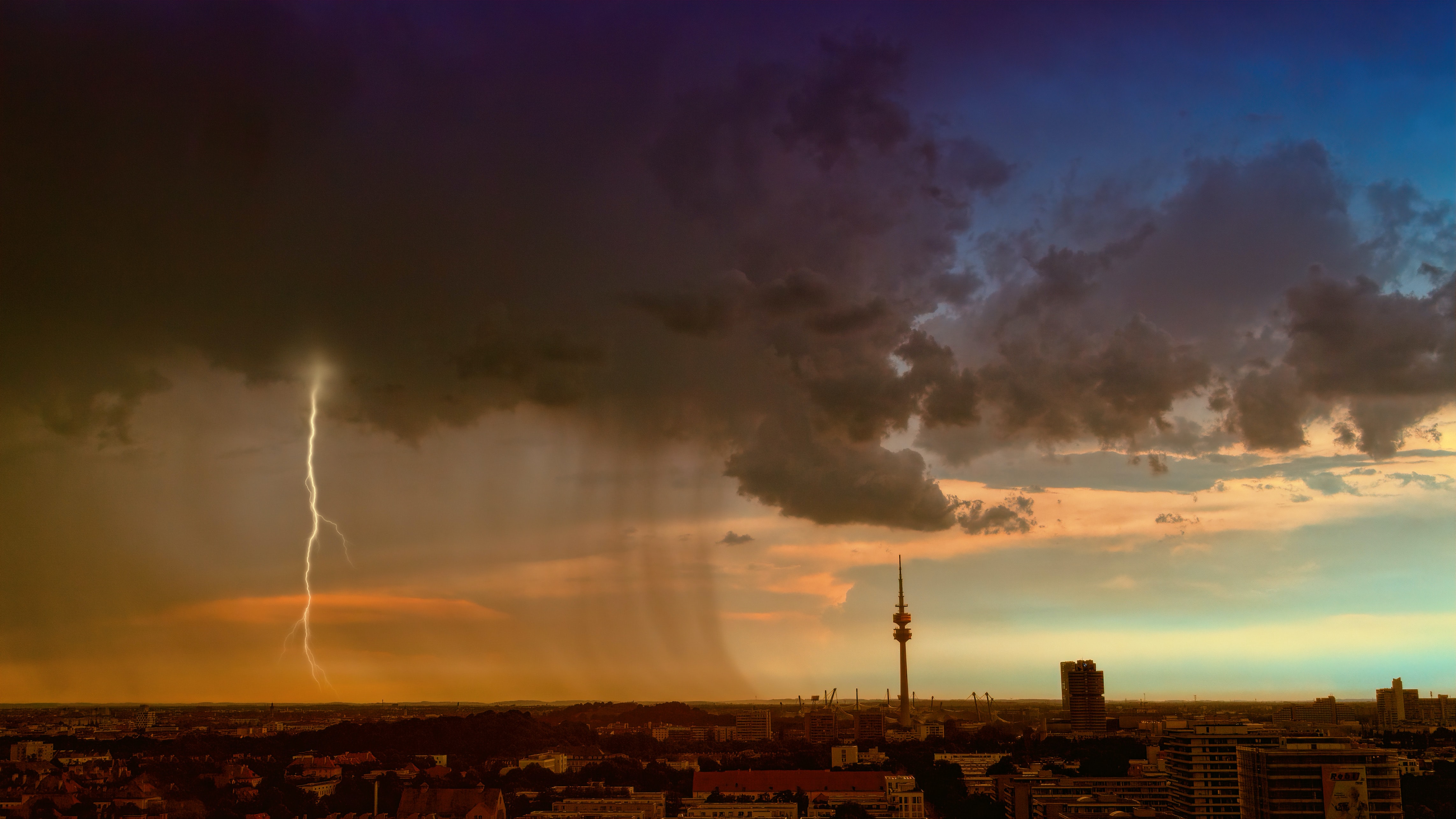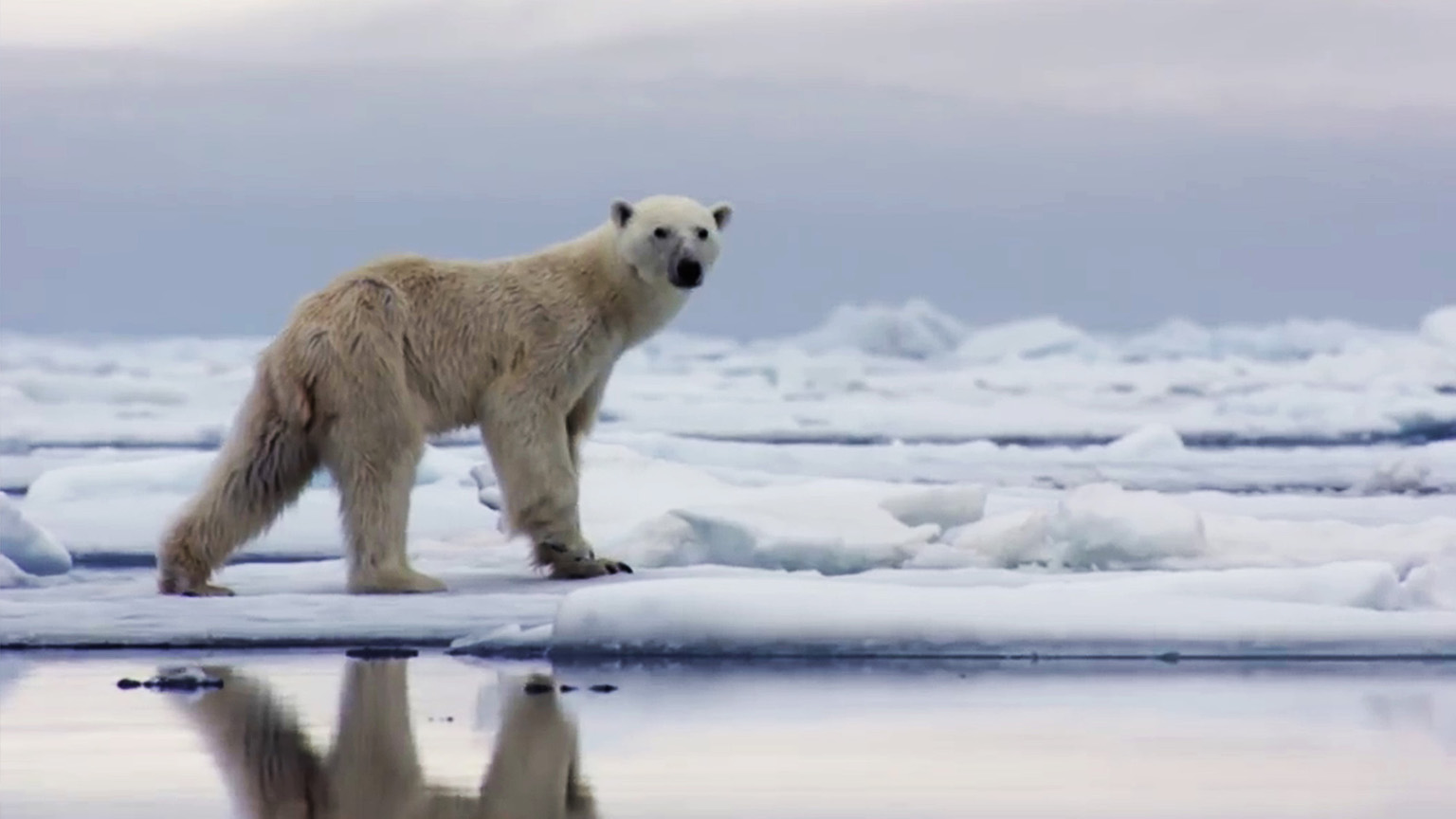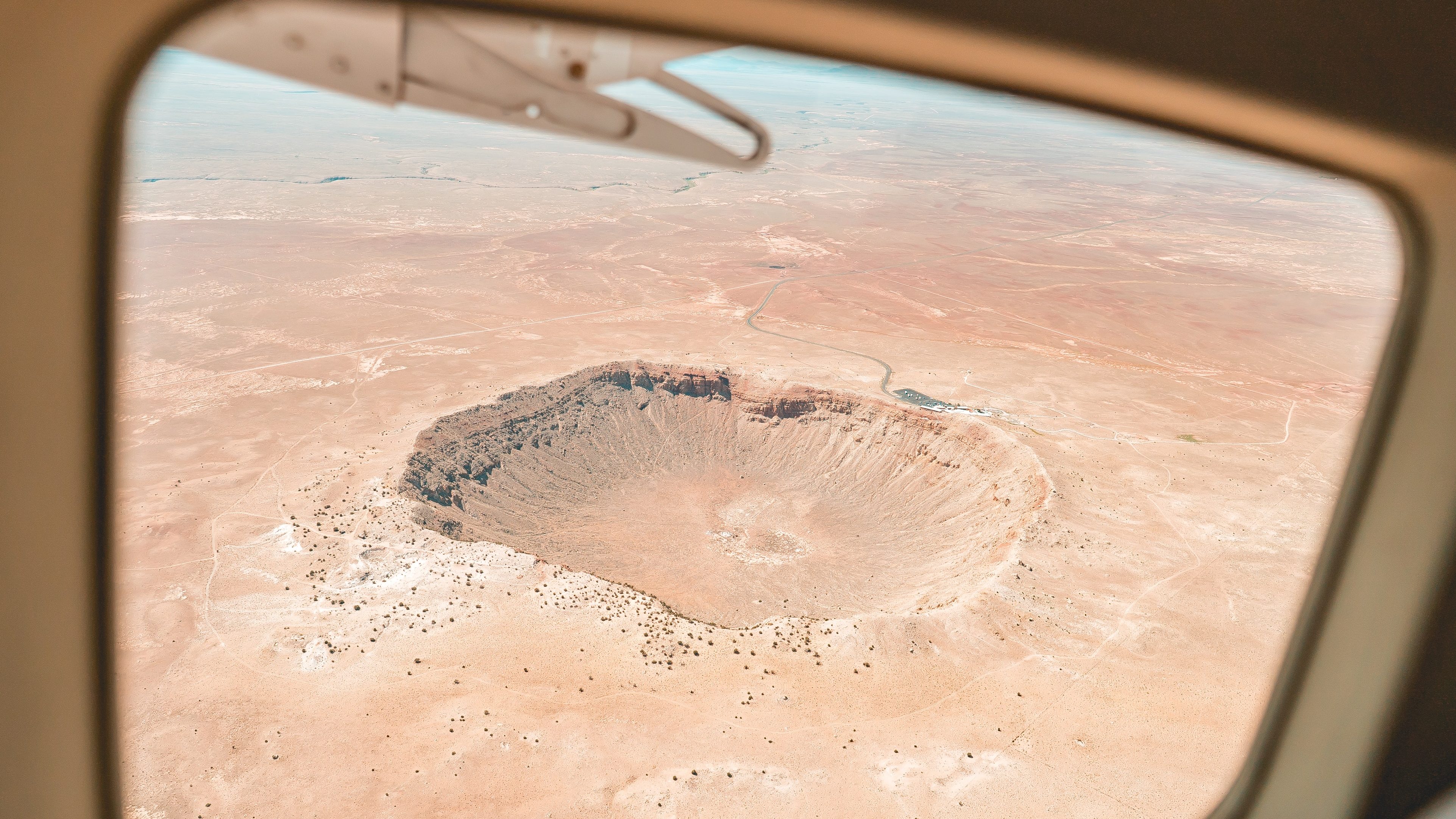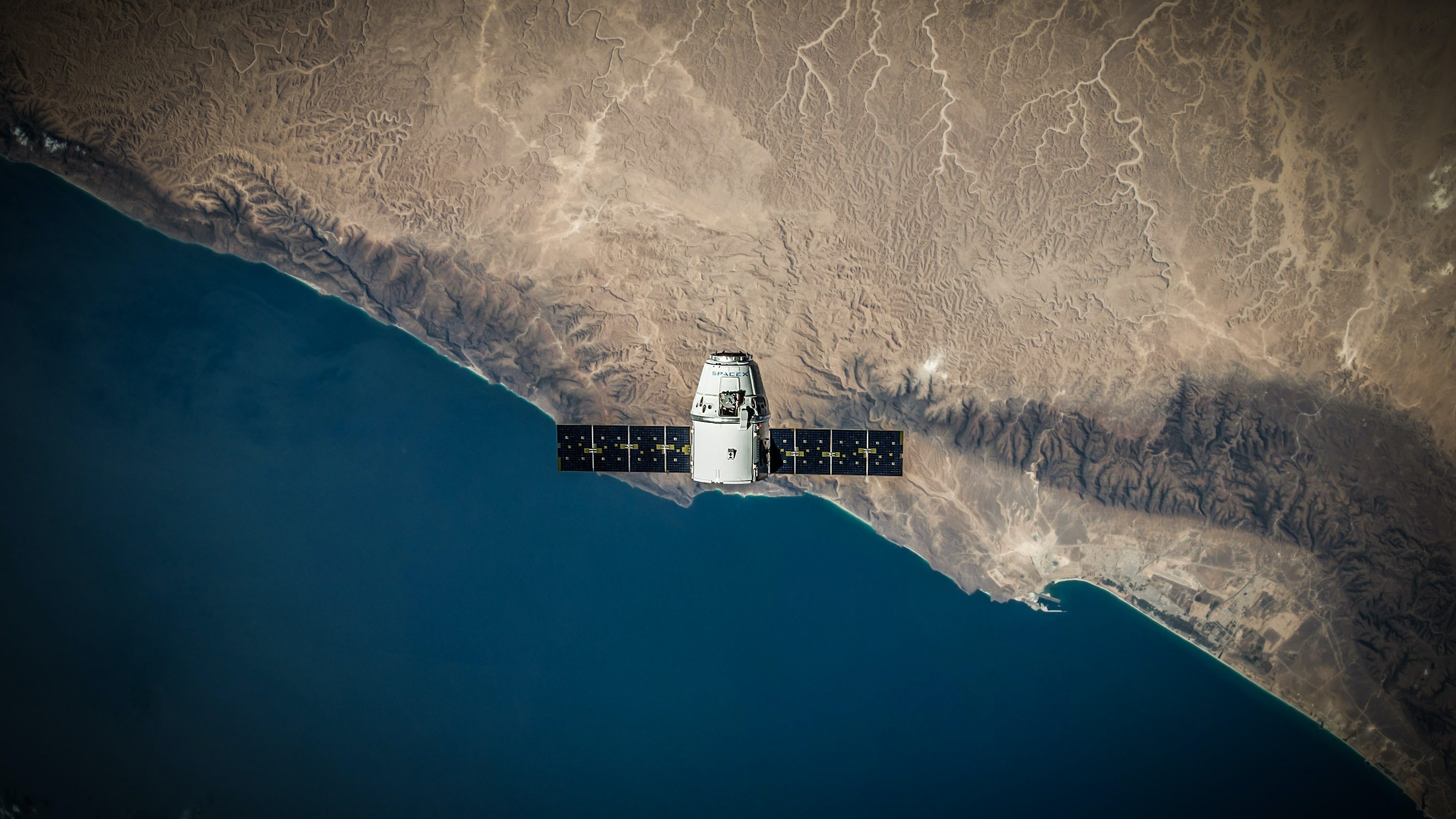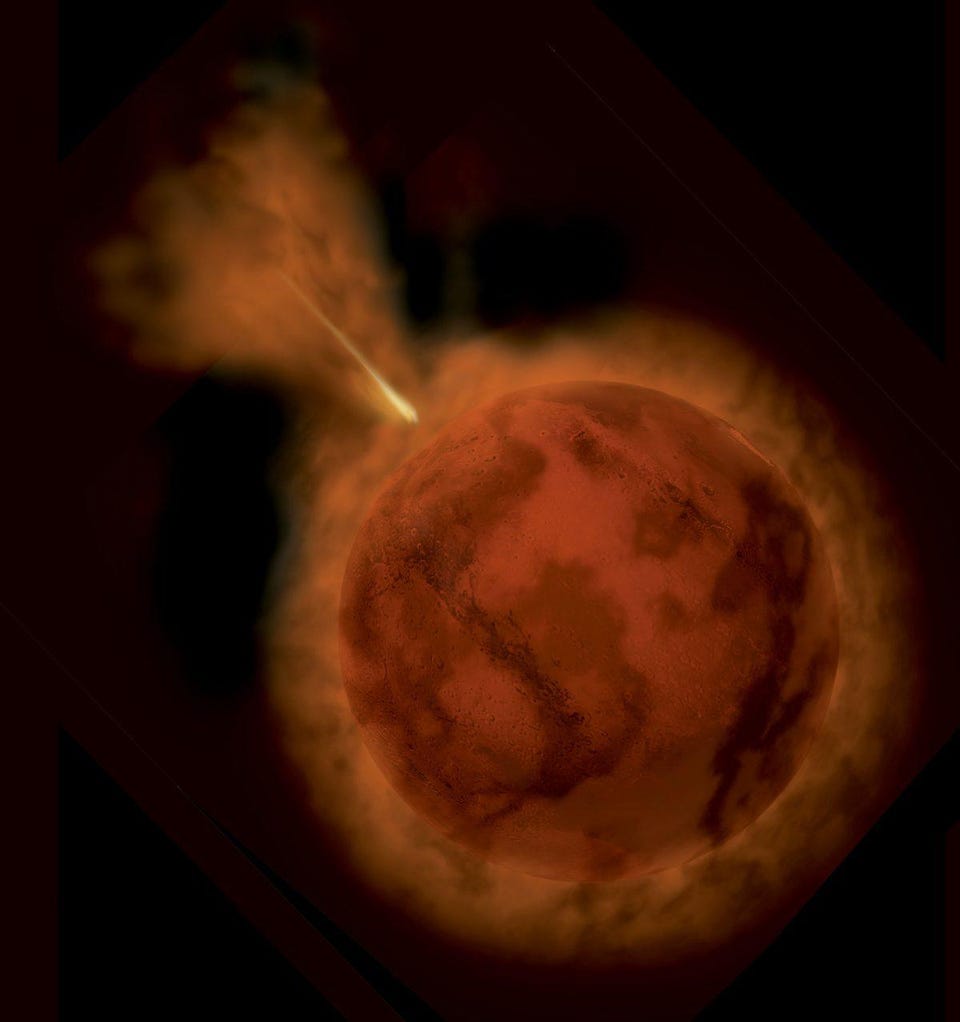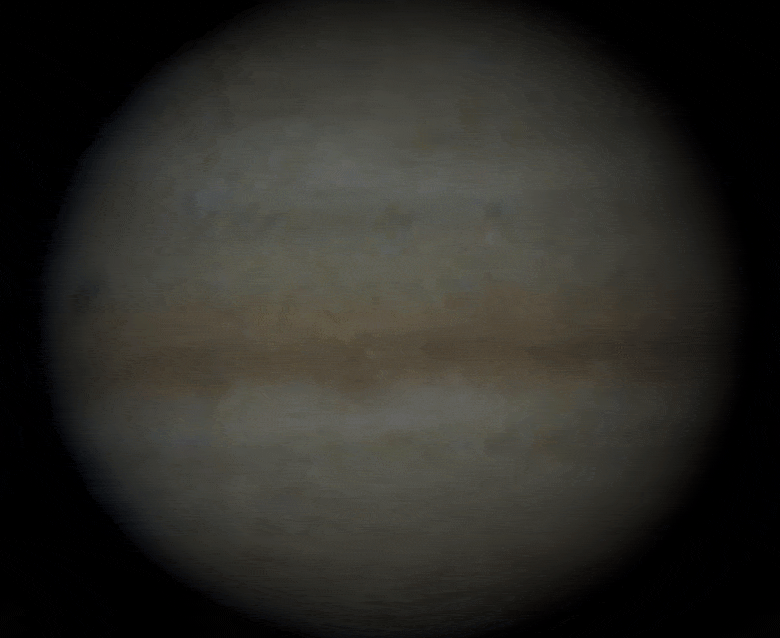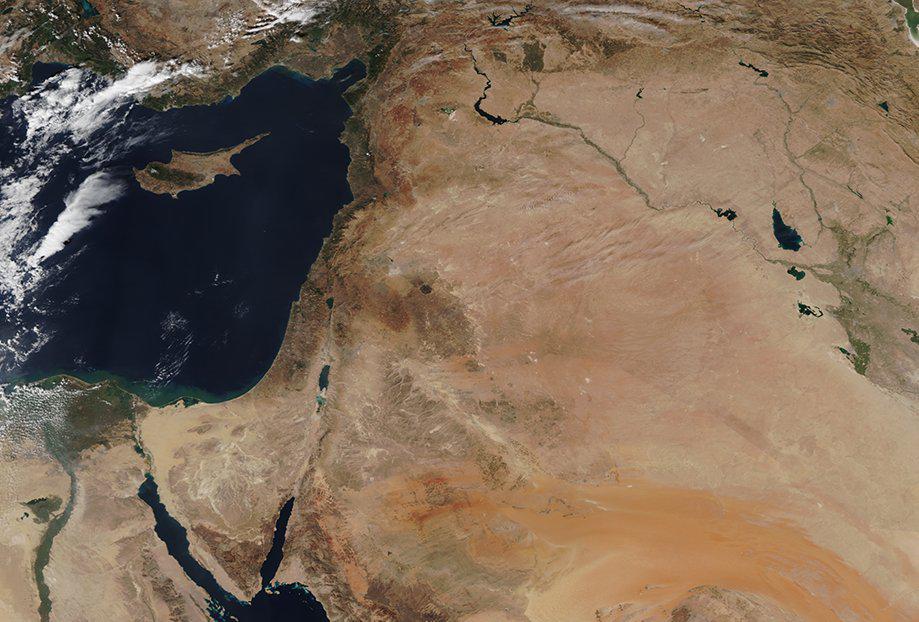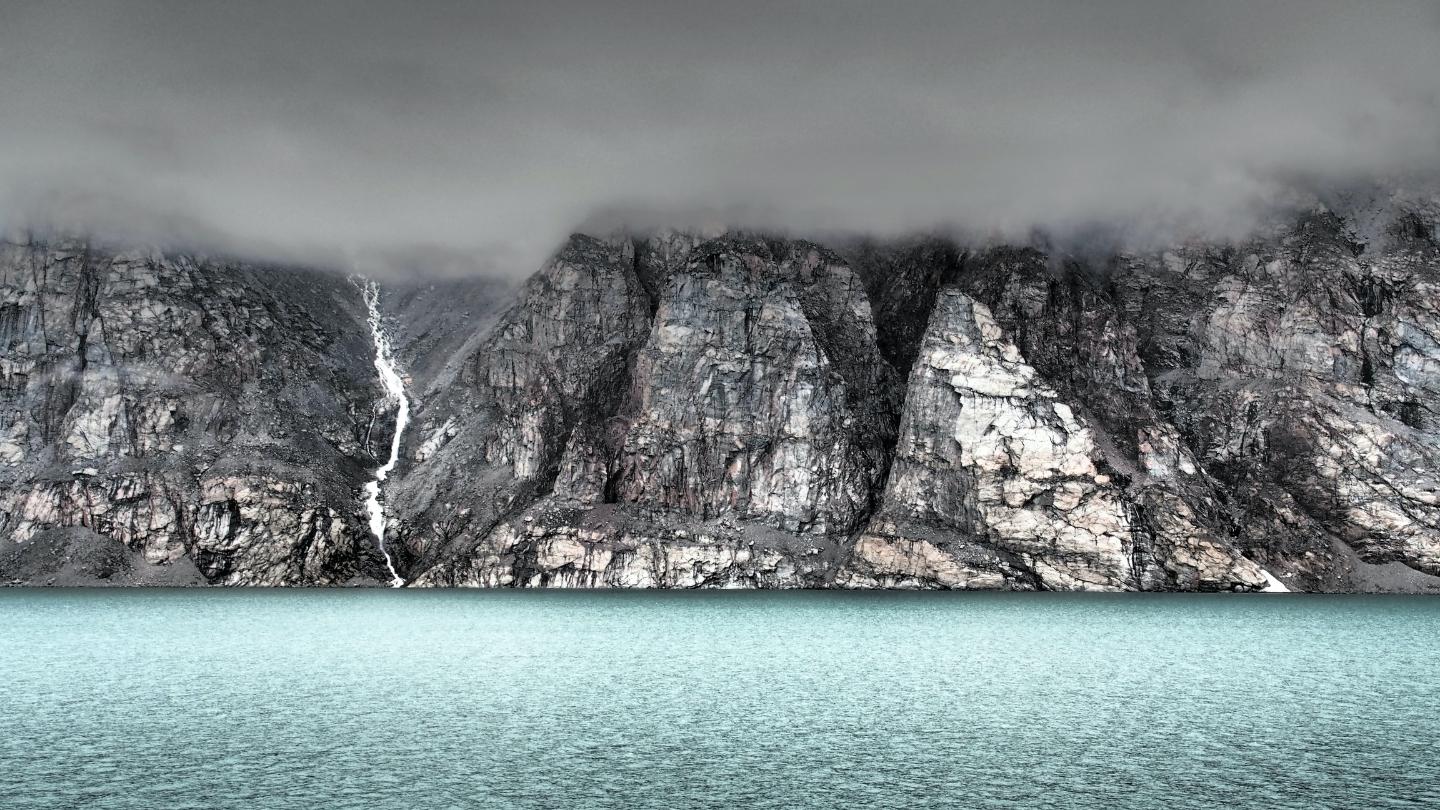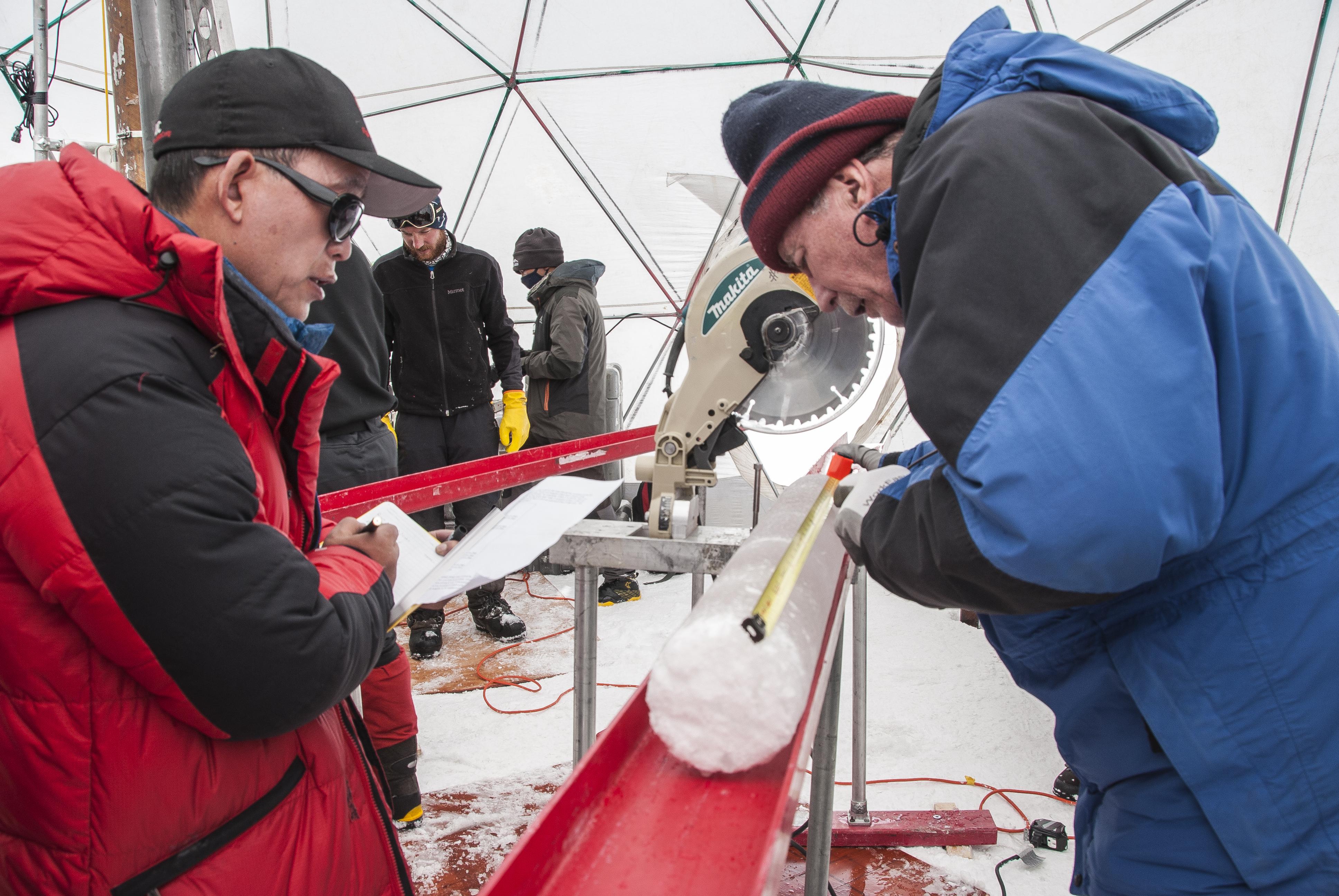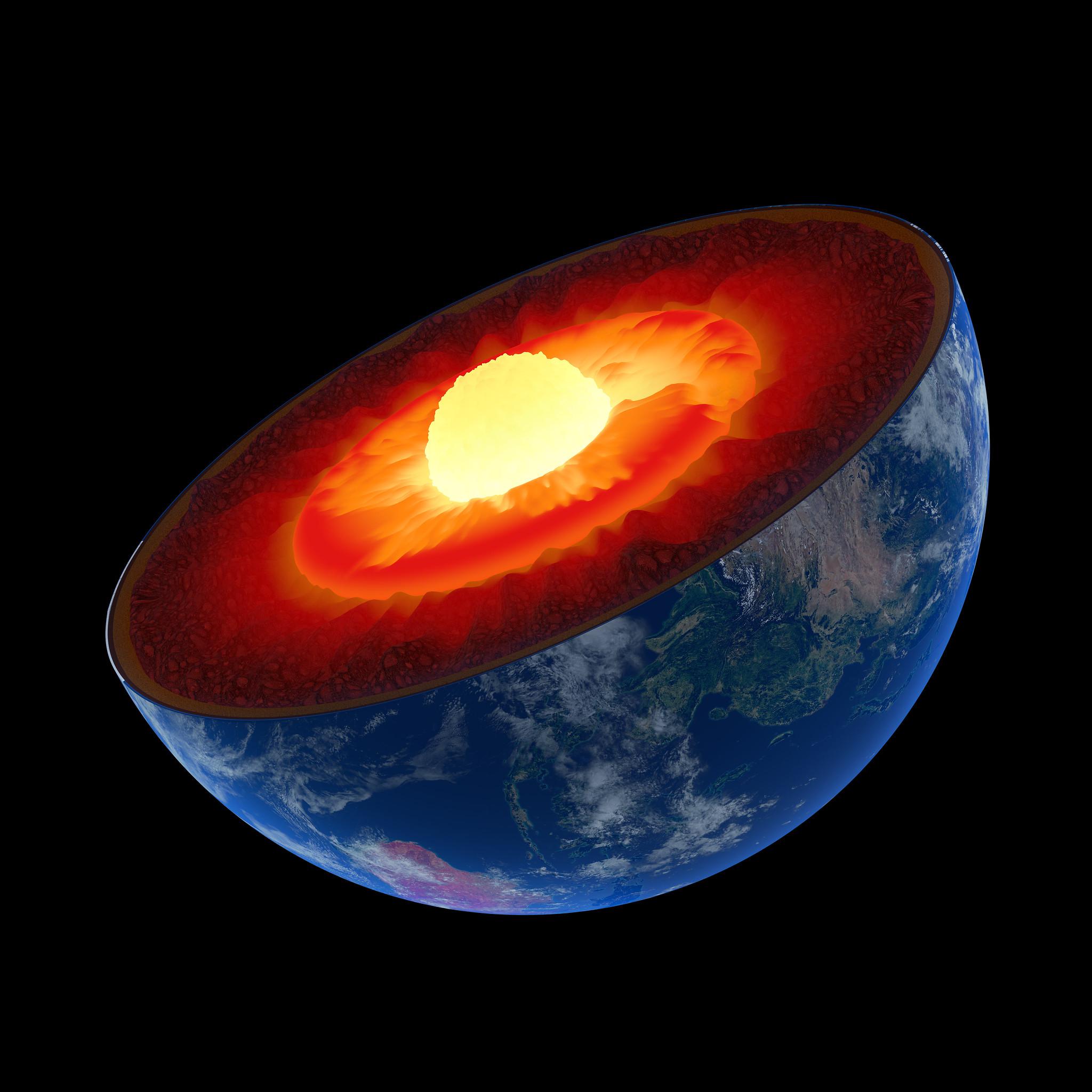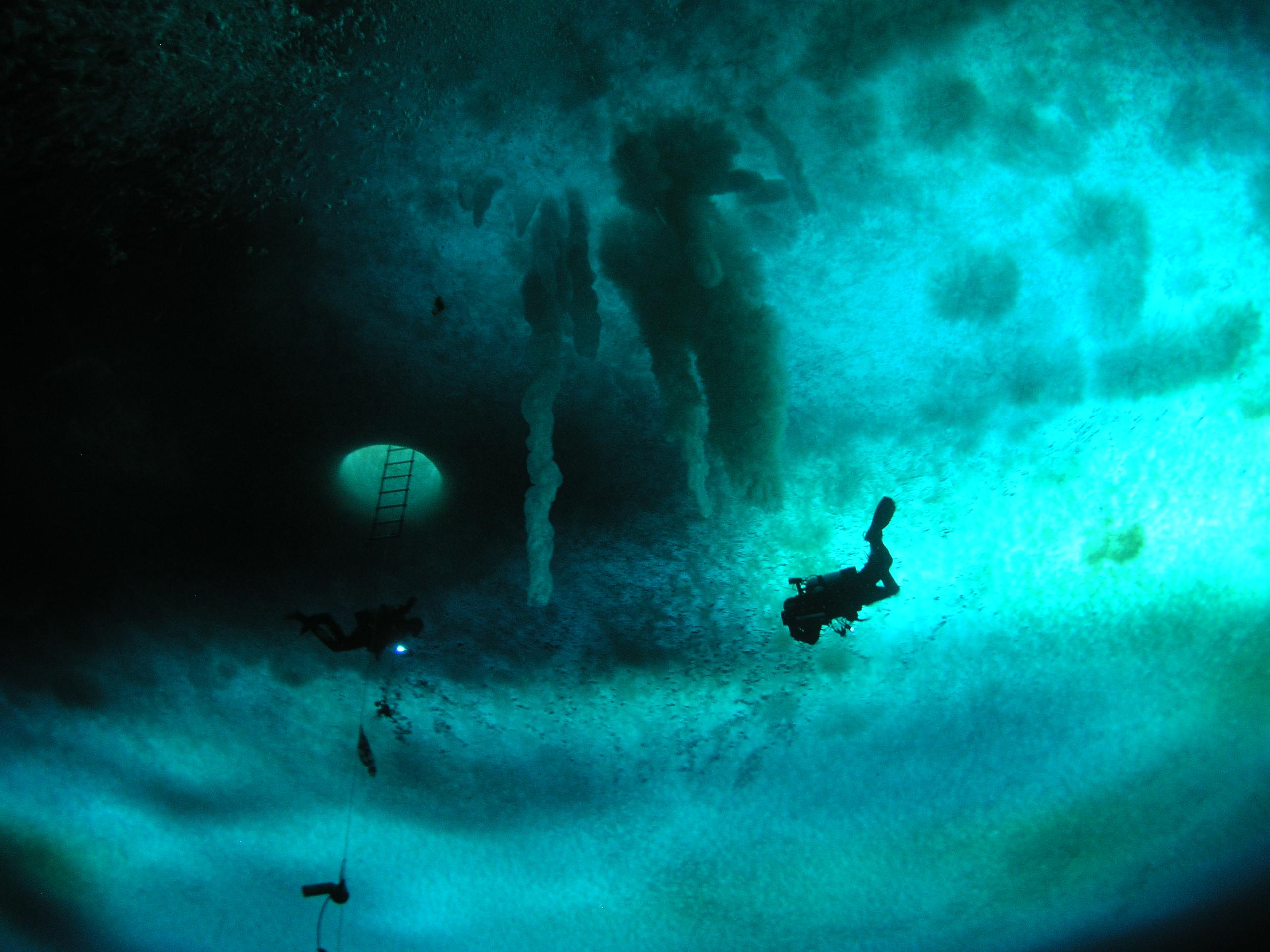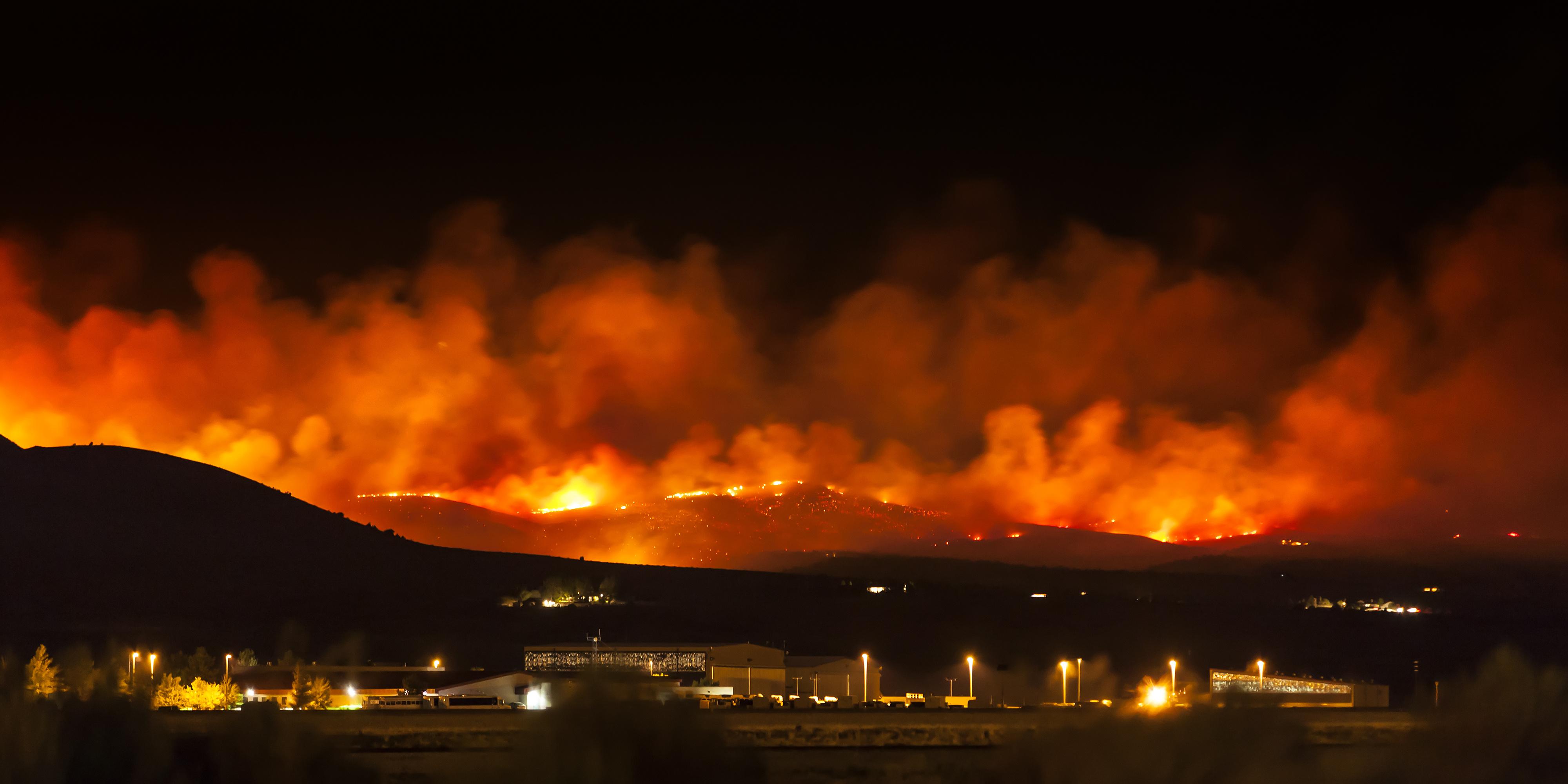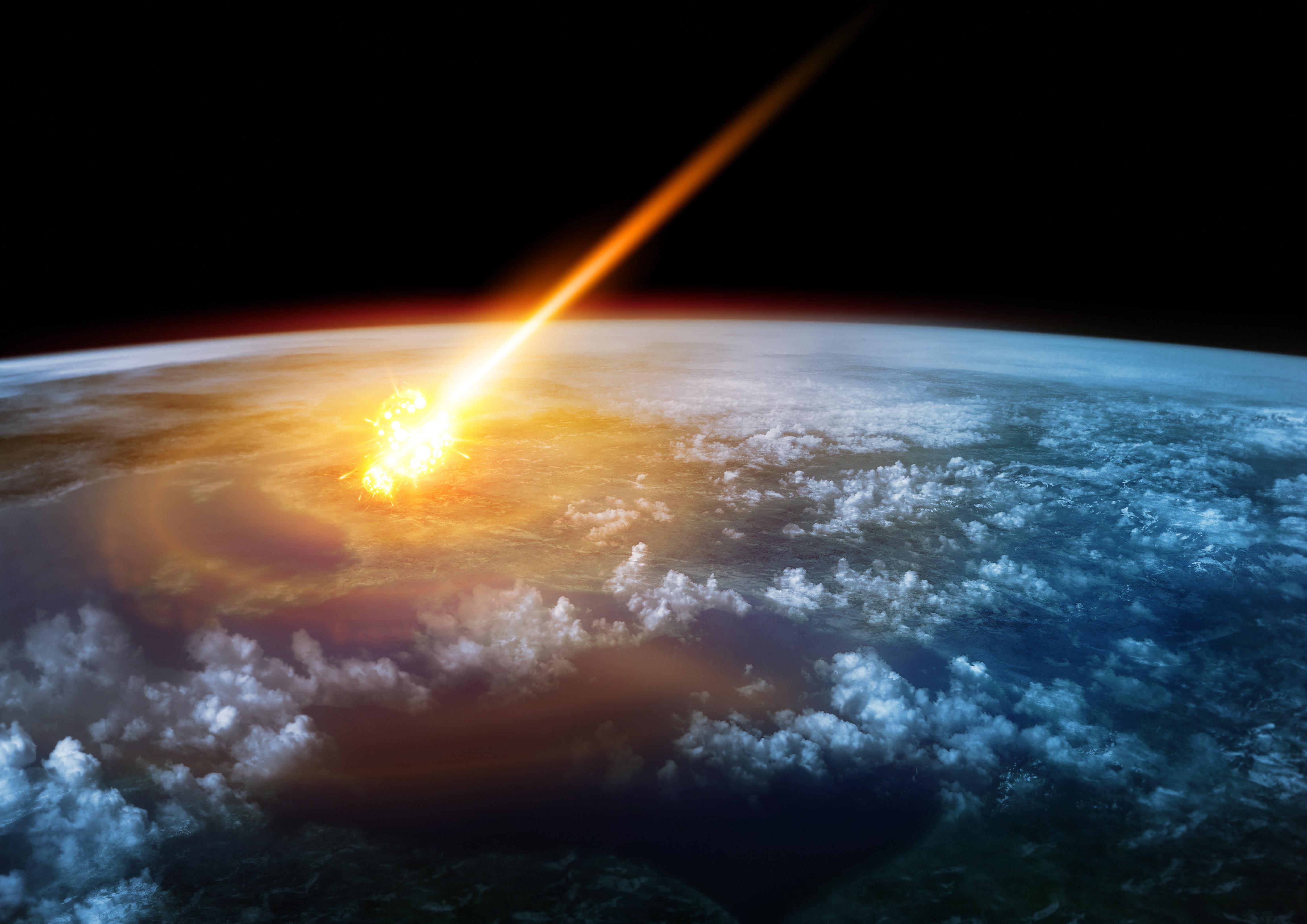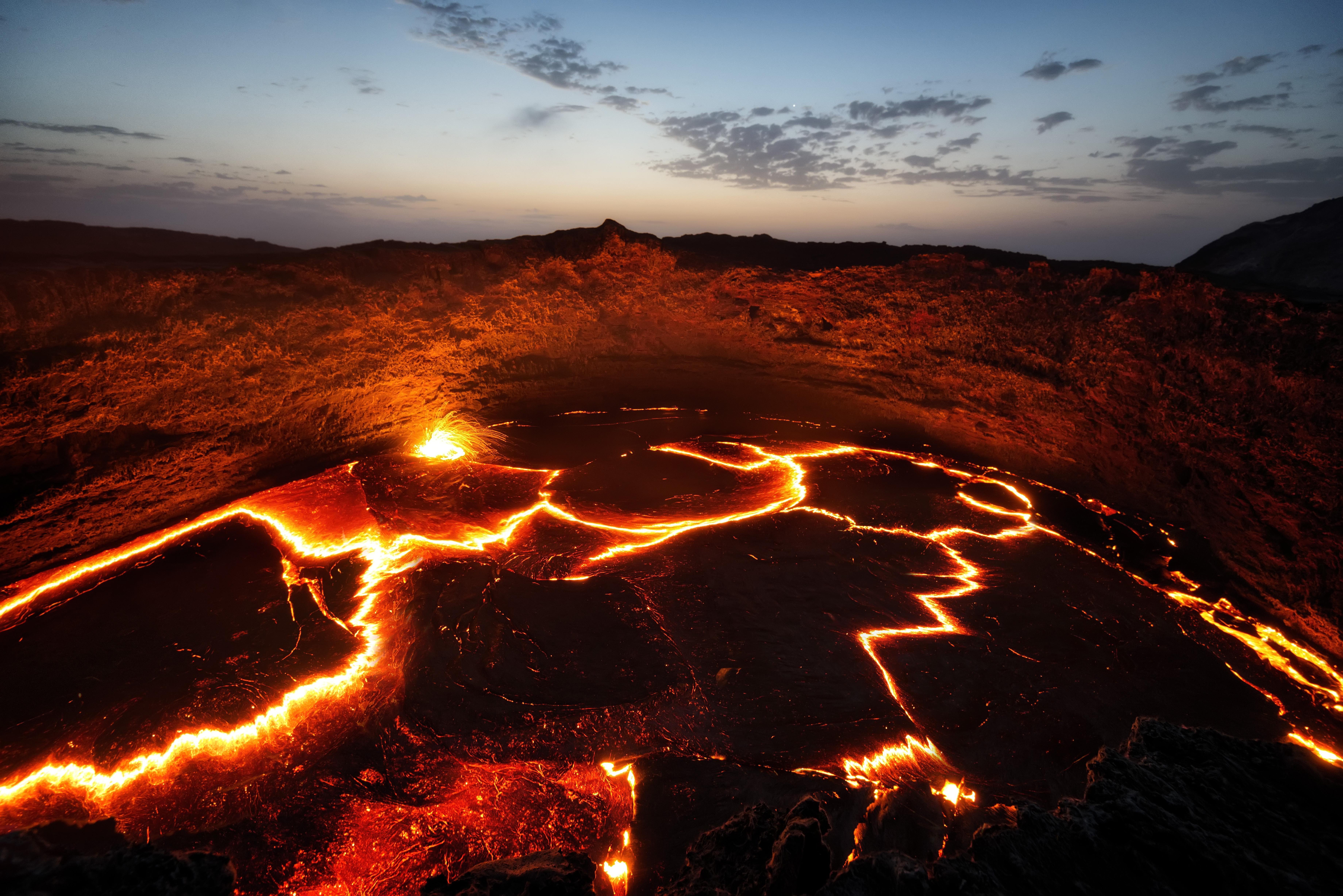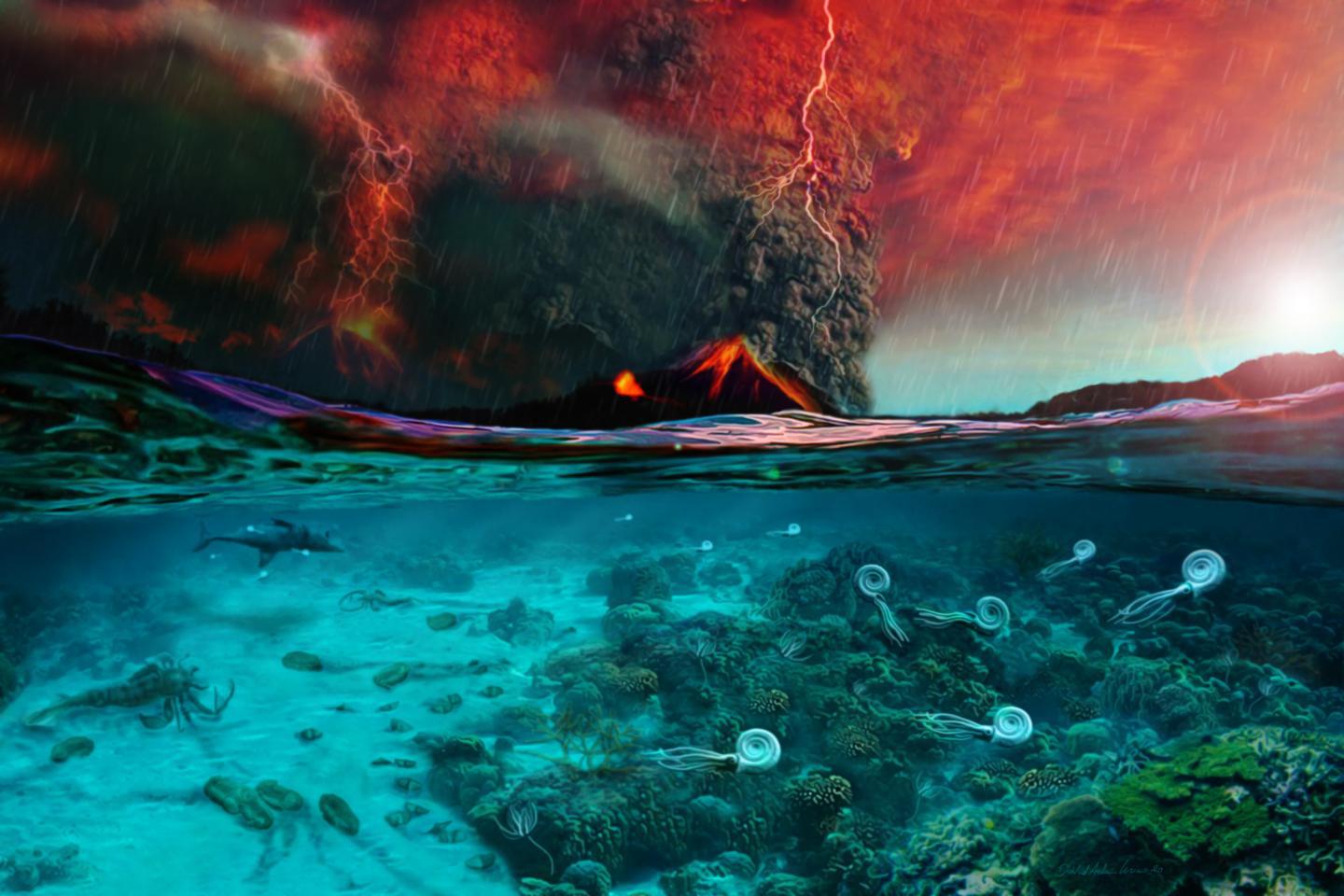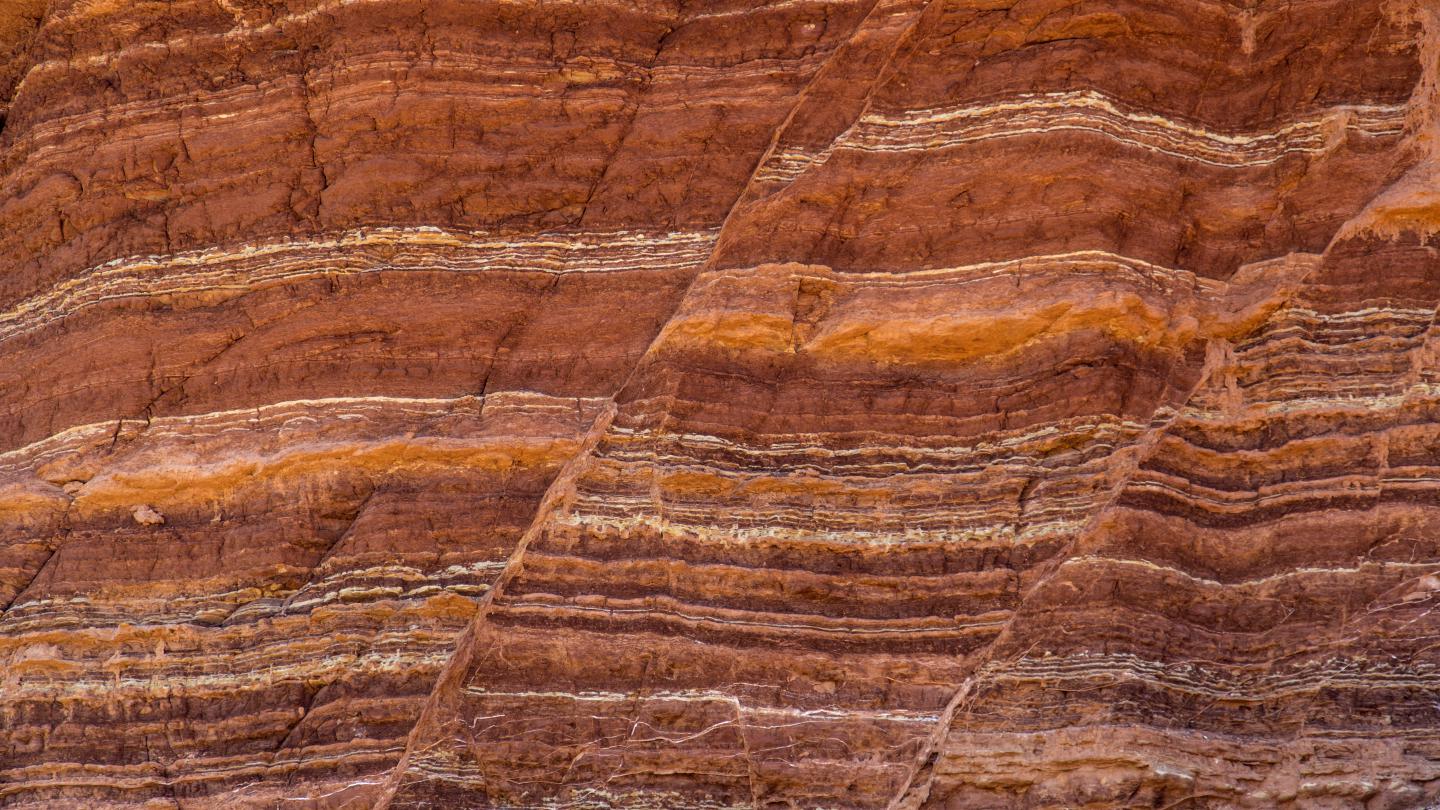earth science
Purely physical and chemical processes can deceive us into thinking that life is present, when it actually is not.
Most “irrecoverable carbon” is concentrated in these tiny bits of the Earth’s land mass. Can we keep it there?
Until now, researchers believed davemaoite could never be found on Earth’s surface.
From hellishly hot planets to water worlds, some distant planets are like nothing in our Solar System.
“Should they strike, each of them has an energy at impact equal to all of the nuclear weapons on Earth combined.”
Surface deformation or other signs of an impending explosion may not occur. Instead, supervolcanic eruptions can be much more insidious.
The findings at L’Anse aux Meadows mark the the earliest known year by which human migration had encircled the planet.
The mediocrity principle is often used to make claims about the abundance of life across the universe, but these claims are likely unfounded.
A decade ago, scientists weren’t able to confidently connect any individual weather event to climate change, even though the warming trends were clear.
Try this: It’s about 10 times the number of cups of water in all the oceans of Earth.
Civilization is facing an existential threat from climate change. Will we humans make it? Does anyone in the universe make it?
The unconventional method could help astronomers better track meteorites that fall during the daytime.
Shocked city dwellers who stared at it were blinded instantly, then the entire city caught fire.
With the huge growth in satellites, fears of a crowded sky are coming true.
The Copernican principle states that Earth is an ordinary planet, but that does not mean that life is ordinary in the universe.
Phobos and Deimos only have two explanations, and neither one adds up.
The atmosphere’s habitable zone is so small, several mountain ranges extend beyond it.
Even with all the recent impacts we’ve seen, it might be more “foe” than “friend” to us.
Whenever the climate cooled, our hominin ancestors would set up shop in the Arabian Peninsula and vanish again when the planet warmed up.
Icebergs aren’t just a threat to unsinkable ships. Their ability to cause underwater landslides poses a danger to coastal cities.
Scientists look to erupted sea glass — lava that erupted in the ocean and was instantly chilled by the surrounding water — to take Earth’s temperature.
Scientists discover surviving viruses in 15,000-year-old glacier ice on the Tibetan Plateau in China.
The eastern inner core located beneath Indonesia’s Banda Sea is growing faster than the western side beneath Brazil.
Strange underwater icicles form in the Earth’s coldest regions and freeze living organisms in place.
Trees store carbon dioxide, have a cooling effect in cities, and reduce flood risks.
A new study mapped areas of the U.S. that are most likely to suffer natural disasters.
The Younger Dryas impact hypothesis argues that a comet strike caused major changes to climate and human cultures on Earth about 13,000 years ago.
The Taupo volcano was responsible for one of the most violent eruptions on record.
A new study reveals what caused most life on Earth to die out during the end-Permian extinction, also known as the Great Dying.
Geologists discover a rhythm to major geologic events.

